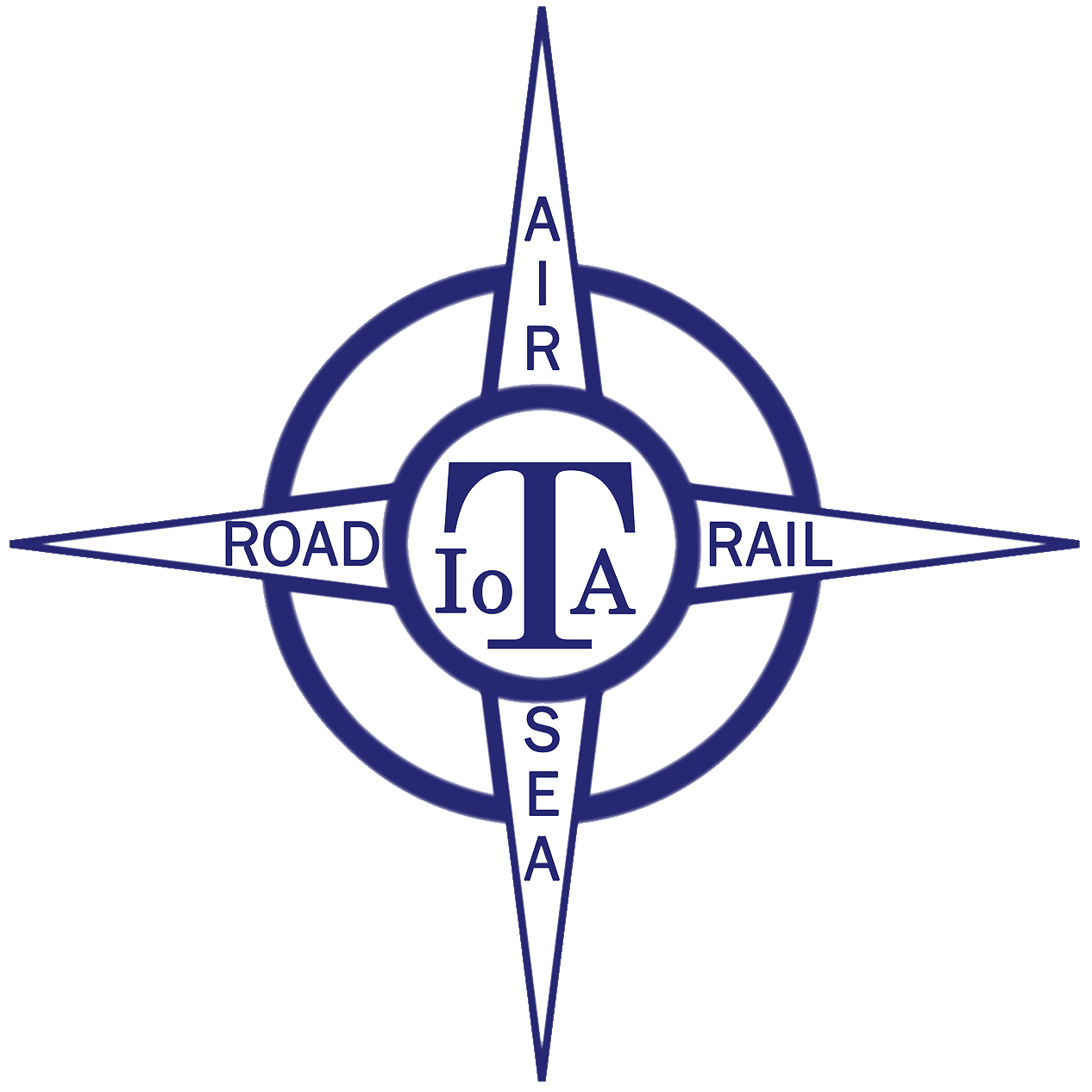Operator whose vehicle struck a bridge finds their licence being curtailed
A number of incidences of commercial vehicles striking bridges have been reported across the national press in recent weeks. Traffic commissioners have previously issued advice to operators on steps they can take to prevent ‘bridge strikes’.
In addition to the potentially catastrophic road safety issues, there are serious financial implications to these accidents, as well as travel delays for commuters. There are also serious implications for operators and drivers, as an operator based in the North West of England recently found.
At a public inquiry held in August a traffic commissioner heard how the operator’s vehicle had struck a railway bridge located close to the operating centre in April 2021. A similar incident involving the same vehicle and bridge had occurred in 2019.
The traffic commissioner concluded that the primary cause of the incident was the driver’s failure to carry out his responsibilities in a professional manner. His HGV licence was revoked, and he was disqualified from holding an HGV licence for six months.
However, the traffic commissioner also found that the operator could have done more to prevent the most recent incident, especially following the 2019 incident. For this reason, the operator found their licence indefinitely curtailed.
This case demonstrates the impact on an operator failing to take reasonable steps to prevent bridge strikes from happening. All operators are encouraged to understand the steps they can take to prevent bridge strikes and are reminded of:
Some of the common causes of bridge strikes are:
• Drivers taking short cuts whilst engaged on “not in service” journeys
• Staff with insufficient route knowledge returning a vehicle to depot
• Drivers taking a double deck vehicle on a single deck route
• Drivers relying on SatNav devices instead of planning thoroughly
• Misunderstanding of road signs
To minimise the risk of bridge strikes, always:
• Know your vehicle height and width
• Know your route in and out of service
• Understand and obey traffic signs
• Carry out adequate risk-based assessments
• Provide drivers with route conversion charts
https://www.gov.uk/government/publications/prevention-of-bridge-strikes-good-practice-guide
